Symbols in our Sanctuary
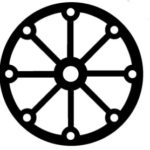
Buddhism
The eight-spoked wheel stands for Buddhism’s Noble Eightfold Path — the path of understanding, consideration and devotion by which we can take ourselves from our isolated self-bound suffering past fearfulness, neediness and confusion to common unbounded blessedness and peace.
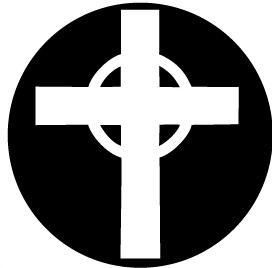
Christianity
The cross has been used in many cultures to represent the spiritual intersecting of the temporal and the eternal, the specific and the universal. The Christian cross as a symbol of Jesus’ approach to living and dying reminds us particularly that only through unconditional loving-kindness can the painful dichotomies of life be overcome.
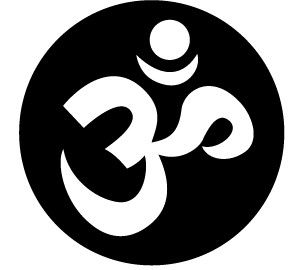
Hinduism
This Sanskrit letter is pronounced Om. Hinduism uses the word OM in contemplation to represent ultimate being or divinity. Its intonation suggests the great harmonic sounding of the sacred source of flowing and flowering within all.
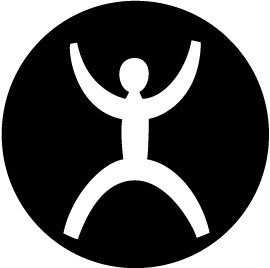
Humanism
The exuberant outreaching human figure is a 3200 year old Chinese ideogram for Humanism defined as the understanding that knowledge and wisdom come not by divine instruction but by the human mind reflecting on the experience of life. The tradition also reminds us, even in the joy of discovery, of the limitations of individual understanding.
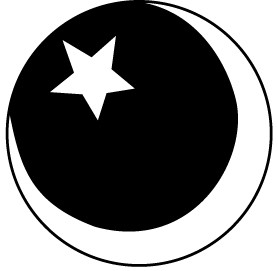
Islam
The star and crescent can be said to represent the shining beauty of harmony and existence. This symbol reminds us of the central truth of Islam, that in profound surrender to the goodness of God, we finally find profound peace.
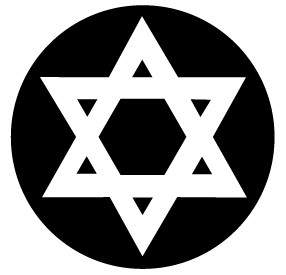
Judaism
Various cultures have used intertwined triangles to represent the mutual embrace of humanity’s transcending spiritual impulse and divinity’s historical creative impulse. This symbol in Jewish tradition reminds us particularly of the covenant of holiness — that the source of life yields well-being when we live wholesomely in ourselves, our communities and our world.
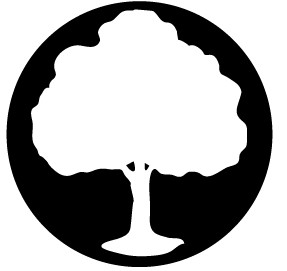
Naturalism
We have chosen the Tree of Life to represent the “earth centered” or Primal religions. The symbol reminds us at once of the Oneness of being and its rich multiplicity of life forms. It reminds us also of the creative, trustworthy evolutions in which we participate and flourish.
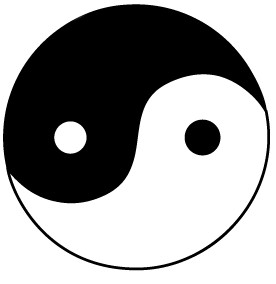
Taoism
The subtle yin-yang symbol of Taoism reminds us not just of the apparent opposites of life, but of the empowering underlying Oneness. It suggests that those who live the way of the transcending reality will have lives of wholeness and beneficence.
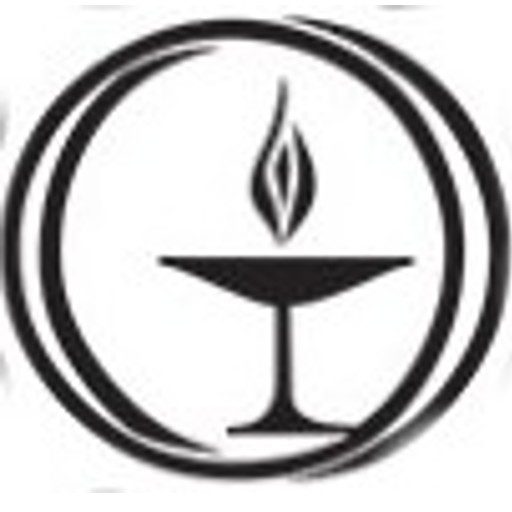
Unitarian Universalism
Draws on the wisdom of all the world’s traditions — religious, philosophic, scientific, artistic, and everyday — to help bring spiritual wellbeing to all. Our most common Unitarian Universalist symbol is a cup with a rising flame within a double circle. It was designed for the Unitarian Service Committee in 1939 for its work in Europe with refugees from the Nazis. For some, the symbol is the chalice of compassion feeding the light of truth and liberation to the world. For some, it is the lamp of life’s energy fueling discovery, goodness and peace for all. We circle our flame with the world’s wisdom traditions to symbolize how it is fed by each of them.
